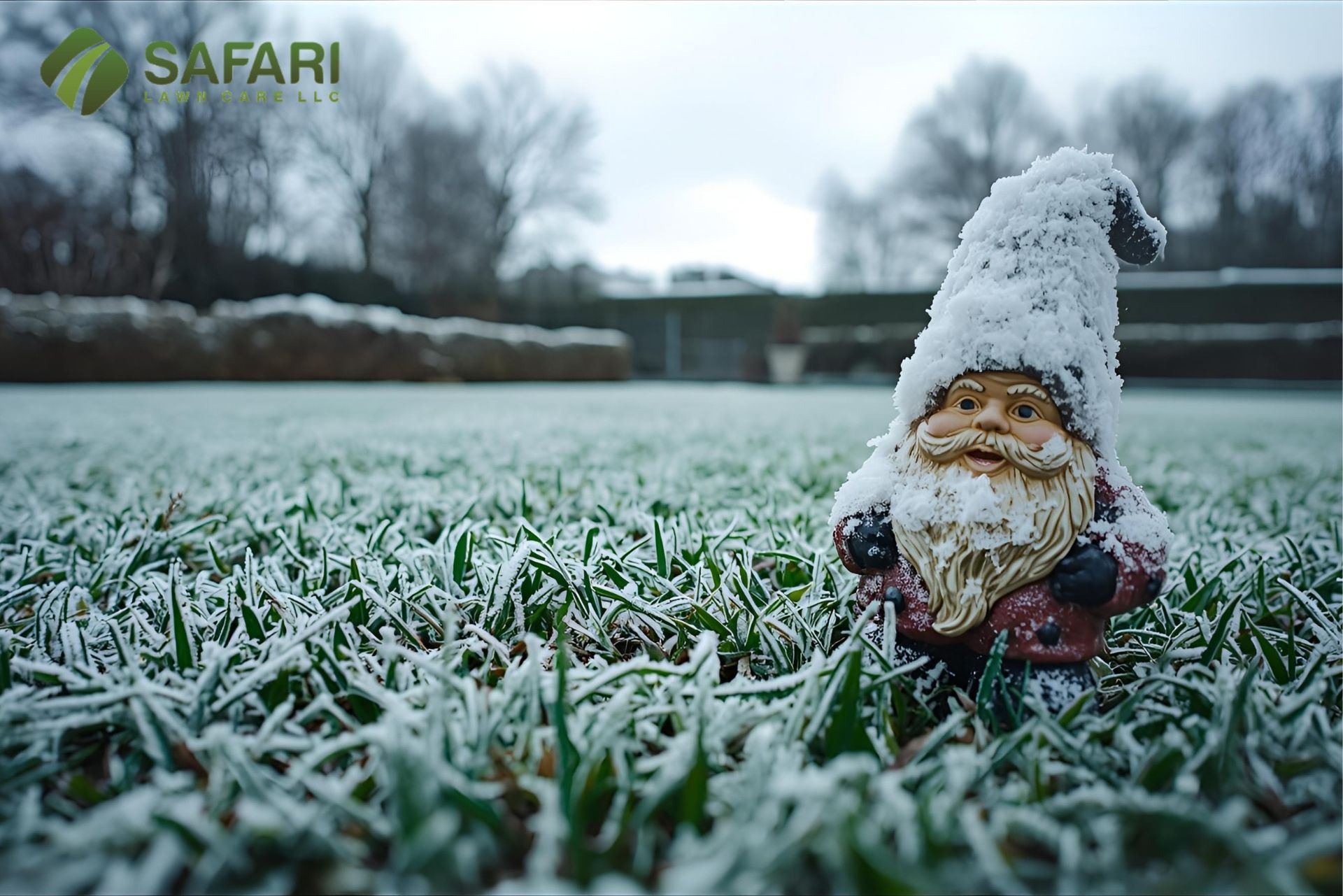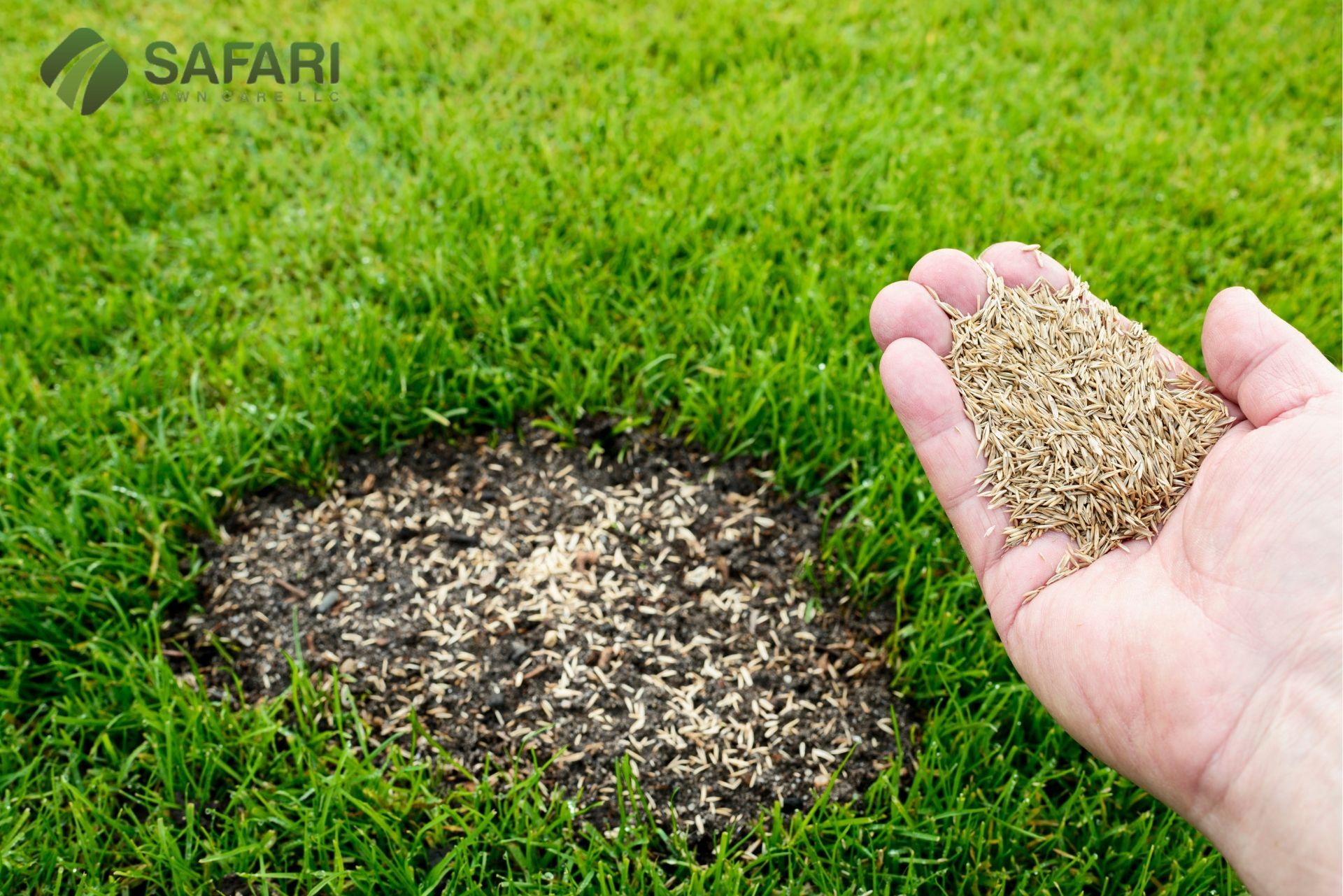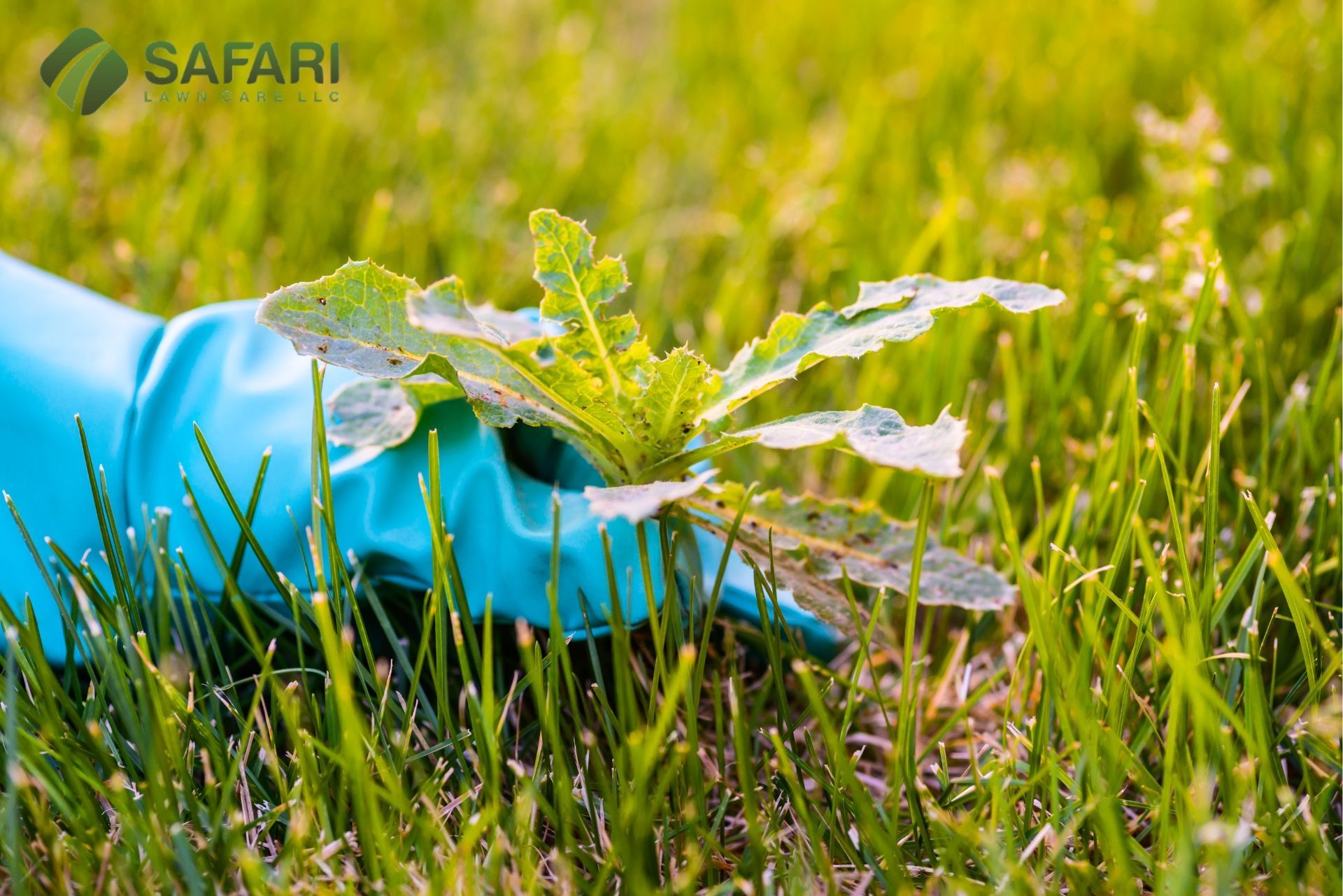How to get the Greenest Grass in Boise
Growing and keeping a lush, dark green lawn in Boise is something of an art. Homeowners take this seriously and I have a lot of great information on it to share. It is not just when the sun is shining that you need to pay extra attention to keeping your lawn in top shape, it is a year round commitment.
Your green lawn journey starts with your soil and the type of seed you choose for the area that you live in, and then moves on to fertilizers and other maintenance such as weed prevention and when you water it during the day and for how long. If you want that bare foot comfortable feeling in your lawn, then these steps are the best for you to follow.
It starts with the choice of the right type of grass. Not all of them are the same shade of green and not all dark green grasses grow in all climates. Good examples of a vibrant green grass is Kentucky bluegrass and perennial ryegrass.
Once the seed is planted and grown, the next step is aerating the lawn using a core aerator. It takes plugs of dirt out of the lawn so that oxygen and water can reach the roots of the grass better. This increases the chance of a greener lawn.
In the spring, when aerating is done, over seed the lawn so that your grass is thicker and weeds have less of a chance of taking root. Over-seeding also increases the shade of your grass because it is more abundant. However, this only works with cool season grasses, so be doubly sure of the area you live in and the types of grasses that tolerate your climate.
Over-seeding is accomplished by using a garden spreader and distributing half the seed in one direction and half the seed in the other. As a natural food source you may want to plant clover with your grass seed. It adds a great green color and produces nitrogen, something that is needed for a very green lawn.
Along the lines of nitrogen, it is important to choose a fertilizer that is full of nitrogen as well. The percentage of nitrogen in the mix needs to be high. This is indicated by the first number on the packaging. The higher the number, the better the percentage of nitrogen.
A consistent and good watering routine is also a great way to keep your grass dark green. Obviously, no water, means a dead lawn. Grass needs at least 1 to 2 inches of water a week. This is also determined by the climate you live in and the type of grass you planted. For instance, warm climate grasses may need less water.
When you water is also important. Morning is best for a long enough time to thoroughly soak the grass. If you water in the heat of the day, less of it reaches the roots.
Lastly is the art of mowing. If you cut your grass too close to the ground, you could create dead dry patchy areas that are less green. It also gives weeds a better chance to gain hold because the dirt is more exposed.
Sharpen your blade at the beginning of every season and check to make sure it does not need replacing. Blades are most effective when replaced at least once a year. Sharp blades cut your grass uniformly. You should be cutting no more than ½ an inch off at a time to keep your grass healthy.
Ready to work with Safari Lawn Care?
Let's connect! We’re here to help.
Send us a message and we’ll be in touch.
Or give us a call today at 208-562-1500



